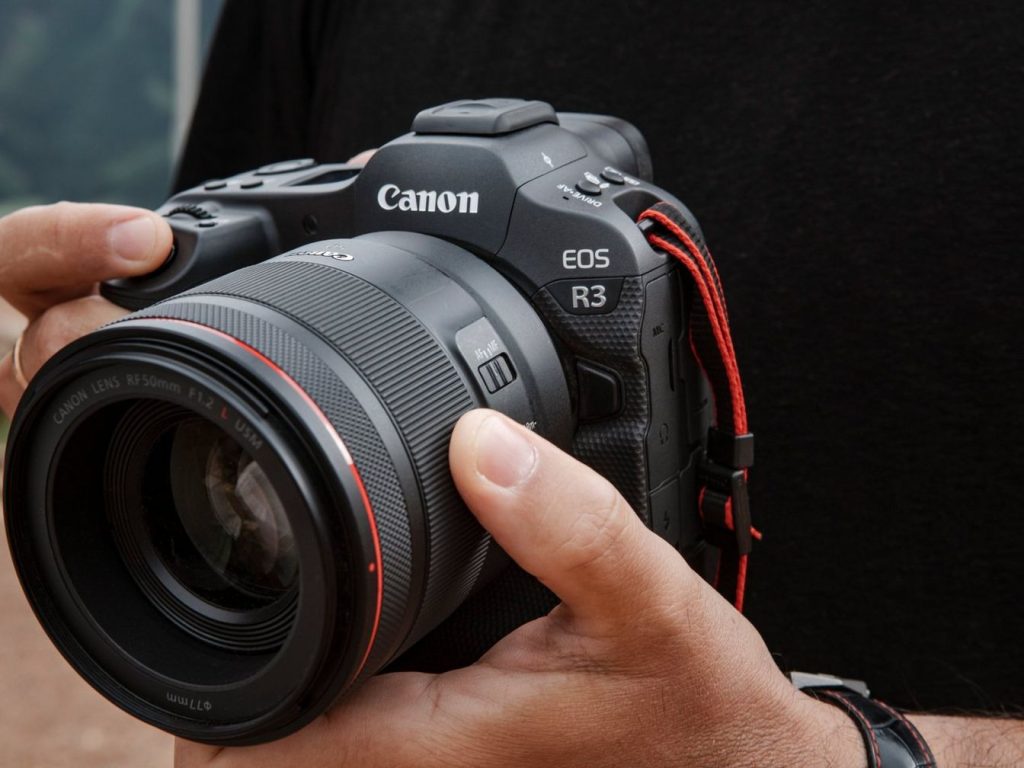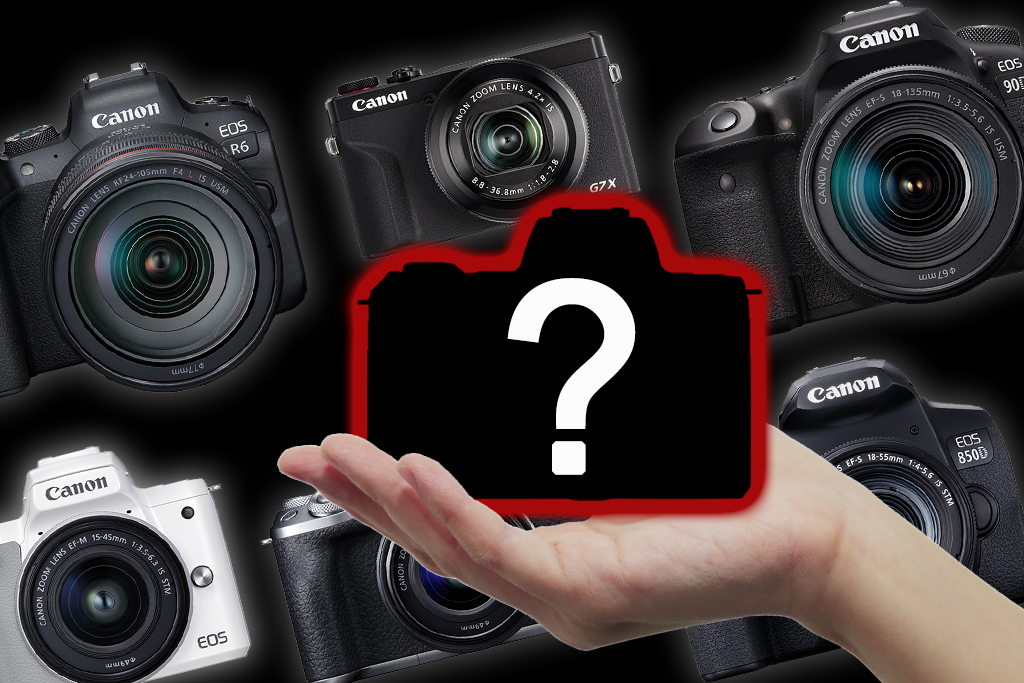Exploring the Legacy of Canon: Innovations and Contributions to Imaging Technology

In the world of imaging technology, few names hold as much prestige and recognition as Canon. For decades, Canon has been a trailblazer, pushing the boundaries of what’s possible in photography, videography, and printing. From its humble beginnings in a small Tokyo apartment to becoming a global leader in imaging solutions, Canon’s journey is a testament to its commitment to innovation, quality, and creativity.
Canon, officially known as Canon Inc., was founded in 1937 by Goro Yoshida and Saburo Uchida. Their initial goal was to produce a high-quality camera that would rival the German-made Leica cameras, which dominated the market at the time. Their dedication to precision and quality quickly earned Canon a reputation for excellence.
One of Canon’s most significant contributions to the photography world was the introduction of the EOS (Electro-Optical System) system in 1987. This marked a turning point in the industry, as Canon introduced autofocus technology that revolutionized how photographers captured images. The EOS system featured an electronic mount that allowed for seamless communication between the camera body and lens, leading to faster and more accurate autofocus capabilities.
The EOS line of cameras quickly gained popularity among both amateur and professional photographers, cementing Canon’s position as an industry leader. The company’s commitment to continuous improvement and innovation ensured that the EOS system remained at the forefront of photographic technology, incorporating features like advanced metering systems, faster continuous shooting rates, and high-resolution sensors.
Canon’s commitment to innovation didn’t stop at cameras. The company expanded its portfolio to include a wide range of imaging products, from camcorders to printers. In the late 1980s, Canon introduced the world’s first inkjet printer, marking a significant milestone in the world of printing technology. This laid the foundation for Canon’s dominance in the printer market, characterized by high-quality output and user-friendly design.
Canon’s expertise in imaging technology also extends to the world of videography. The Canon Cinema EOS system, introduced in 2011, brought the company’s imaging prowess to the realm of digital filmmaking. These cinema cameras offered filmmakers unprecedented creative control, thanks to features like high dynamic range (HDR) capabilities, high frame rates, and exceptional low-light performance. Canon’s cinema cameras quickly gained popularity among independent filmmakers, production houses, and even major Hollywood studios.
Beyond technological advancements, Canon has also demonstrated a commitment to environmental sustainability and social responsibility. The company has implemented various initiatives to reduce its carbon footprint and promote eco-friendly practices throughout its supply chain. Canon has also been involved in numerous philanthropic efforts, supporting education, disaster relief, and cultural preservation around the world.
Canon’s journey from a small apartment in Tokyo to a global imaging technology powerhouse is a testament to its dedication to innovation, quality, and creativity. Through groundbreaking advancements in photography, videography, and printing, Canon has left an indelible mark on the world of imaging technology. As the company continues to evolve and adapt to changing technological landscapes, one can only imagine the exciting innovations that lie ahead from this iconic industry leader.






